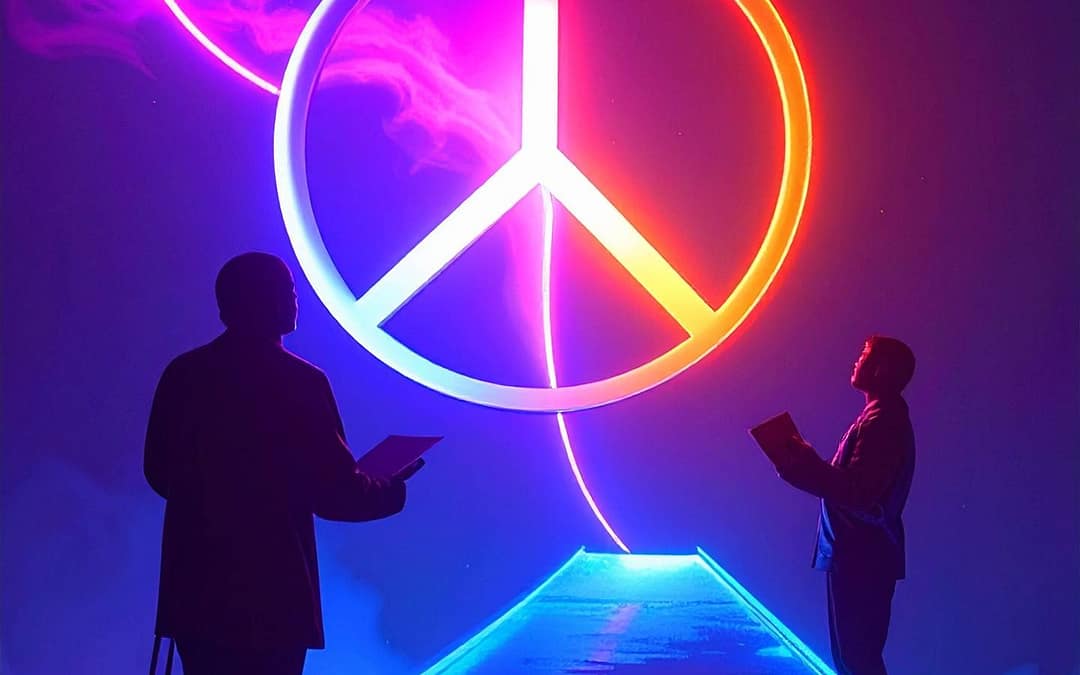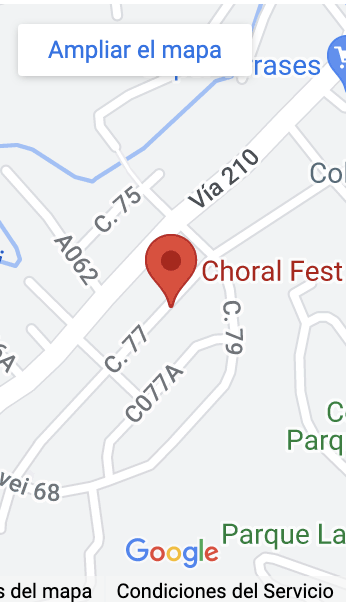Introduction to Choirs for Peace
When headlines scream of war, displacement, and political division, it’s easy to overlook the quieter forms of resistance. Yet in communities fractured by conflict, choirs for peace are using music to rebuild what violence destroyed — trust, empathy, and human connection.
According to the World Bank (2023), the past half-century has witnessed more than 260 armed conflicts worldwide, claiming an estimated 90 million lives. While peace negotiations and political treaties remain essential, the work of healing at the community level often requires tools that speak directly to the heart. One of the most powerful of those tools is collective singing.
From Colombian towns scarred by decades of civil war to Bosnian cities still healing from ethnic conflict, choirs are proving that harmony is more than a musical term — it’s a strategy for reconciliation.
Why Music Matters in Peacebuilding
Peacebuilding experts often refer to two dimensions of recovery: structural peace, which involves laws, institutions, and political agreements, and cultural peace, which addresses mindsets, relationships, and trust.
Music directly targets the cultural dimension. It bypasses debates, political loyalties, and language barriers to create a shared emotional experience. For individuals carrying trauma, singing in a group can:
- Reduce stress through endorphin release
- Strengthen social bonds via oxytocin production
- Encourage non-verbal communication and empathy
- Provide a safe space for interaction with “the other”
Unlike many forms of dialogue, music doesn’t require agreement to work — only participation.
Case Study: Colombia’s Voices for Reconciliation
Colombia endured more than five decades of armed conflict involving guerrilla groups, paramilitaries, and state forces. The 2016 peace accord between the government and the FARC was a milestone, but social healing has been a slower process.
The Voices for Reconciliation Choir operates in 14 municipalities deeply affected by the conflict. Its method is simple: hold open rehearsals where ex-combatants and victims sing side by side.
A University of the Andes study found that 67% of participants reported greater willingness to forgive after six months in the program. This measurable shift suggests that structured cultural activities can speed emotional reconciliation alongside political agreements.
The repertoire often includes traditional Colombian folk songs, selected for their themes of resilience and shared heritage, reinforcing common ground between participants.
Case Study: Bosnia and Herzegovina – The Sarajevo–Mostar Bridge Choir
Bosnia and Herzegovina is still navigating the ethnic divisions left by the 1992–1995 war. In cities like Sarajevo and Mostar, Croats, Serbs, and Bosniaks often live parallel lives with minimal interaction.
The Sarajevo–Mostar Bridge Choir brings together singers from all three ethnic groups. Their performances blend sevdah (traditional Bosnian music), gospel, and Sephardic melodies — a deliberate choice to represent multiple cultural identities.
According to the United Nations Development Programme (UNDP, 2022), the choir has facilitated 42 inter-community gatherings and helped broker three local coexistence agreements. These are concrete, documented results that show the political potential of cultural initiatives.
Other Documented Examples of Choirs for Peace
While Colombia and Bosnia are among the most studied, other verified cases exist:
- The Jerusalem Youth Chorus (Israel/Palestine) – Brings together Israeli and Palestinian teenagers to sing and participate in facilitated dialogue sessions. Featured by NPR, CNN, and the BBC, the choir has performed internationally to promote coexistence.
- The Al-Mada Choir (Syria/Lebanon) – Works with Syrian refugee communities in Lebanon, offering music as a tool for trauma recovery and cross-cultural understanding. Documented by UNHCR.
- Choir With No Name (UK) – Though not in a conflict zone, it brings together people affected by homelessness and marginalization, showing the model’s adaptability for different kinds of social division.
The Science Behind Singing for Peace
Research published in Nature (2023) reveals that group singing synchronizes heart rhythms and brainwaves, fostering trust and connection. This phenomenon, known as physiological synchrony, is also observed in team sports and military drills, but in singing, it’s coupled with emotional expression.
Additional studies from the University of Oxford show that singing in groups promotes faster social bonding than other group activities, even when participants are strangers. In a peacebuilding context, this means that choirs can help shorten the “cold start” period of intergroup contact.
How to Start or Join a Choir for Peace
You don’t have to live in a conflict zone to participate. Here’s how to get involved:
- Start locally – Organize a small choir in your community with a focus on inclusion.
- Choose repertoire carefully – Select songs that reflect shared cultural heritage or universal themes like hope and resilience.
- Partner with organizations – Connect with NGOs or cultural institutions for funding and logistical support.
- Join global networks – Platforms like choirsforpeace.org link choirs worldwide for collaboration and shared performances.
Challenges and Considerations
While choirs for peace can be transformative, they are not a quick fix. Challenges include:
- Funding and sustainability – Ongoing rehearsals and events require resources.
- Security risks – In some contexts, public gatherings can be targeted.
- Deep-seated trauma – Musical interventions should be paired with psychosocial support.
FAQs About Choirs for Peace
What is a choir for peace?
A community singing group formed to promote reconciliation, trust, and unity, often in contexts affected by conflict.
Do they actually reduce violence?
While choirs alone cannot end conflict, documented cases (e.g., Colombia, Bosnia) show measurable improvements in intergroup relations and forgiveness.
Can anyone join?
Most peace choirs are open to anyone willing to commit to regular rehearsals and the principles of inclusion and non-violence.
Is special musical training needed?
No. Many choirs welcome complete beginners — the emphasis is on participation, not perfection.
How can I support without singing?
You can volunteer for logistics, provide funding, or help with publicity.
Are there online choirs for peace?
Yes. Virtual choirs formed during the COVID-19 pandemic continue to unite singers globally for peace projects.
Conclusion: Why Harmony Matters
In a world where political dialogue often fails, music offers an alternative path — one that doesn’t require agreement to begin, only willingness to listen and to sing together. From Bosnia to Colombia, choirs for peace are showing that harmony is more than a musical ideal — it’s a practical tool for rebuilding trust.
Because wars may start with speeches, but they often end with songs.


